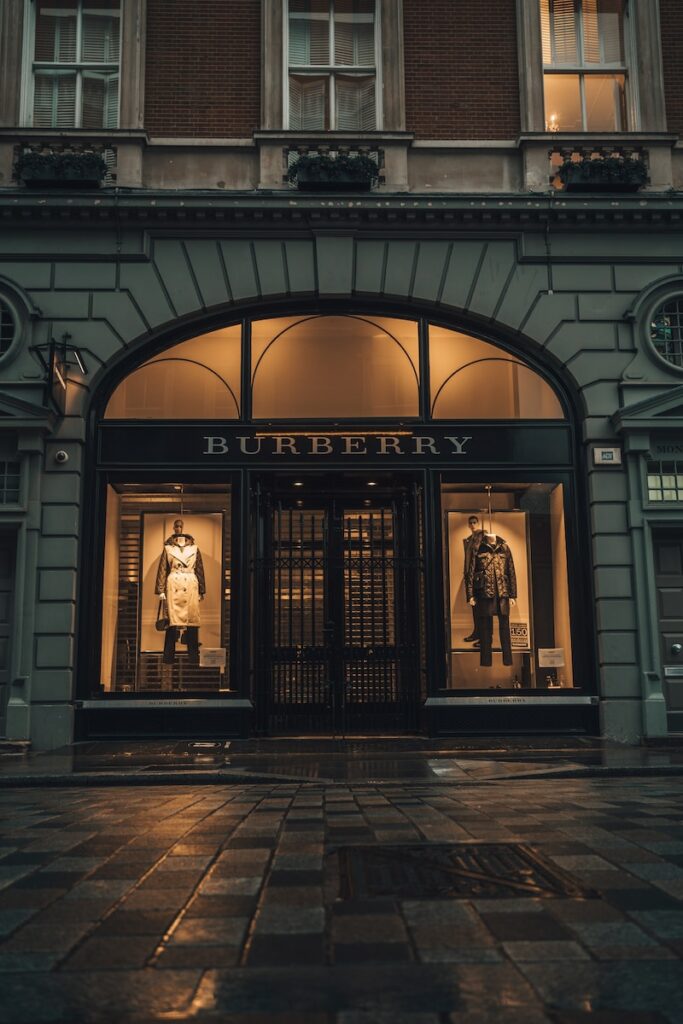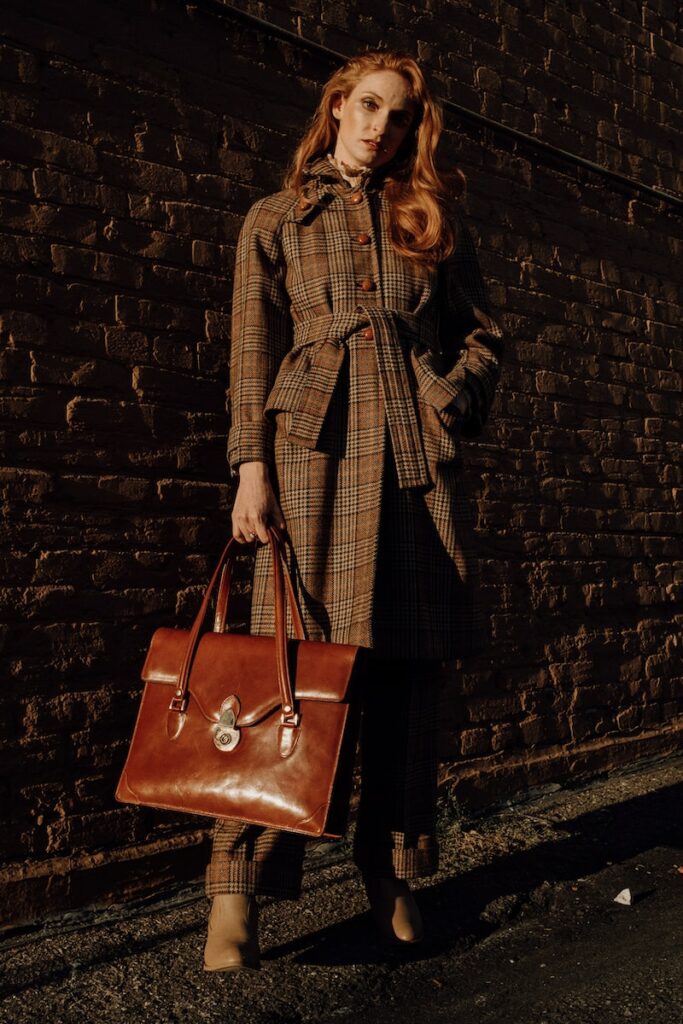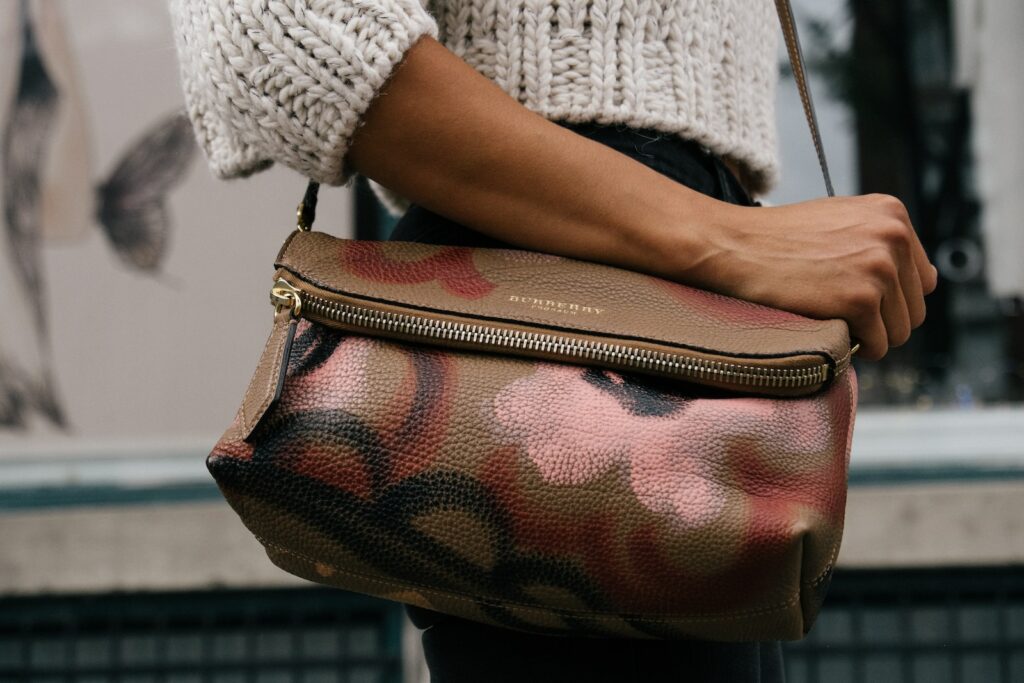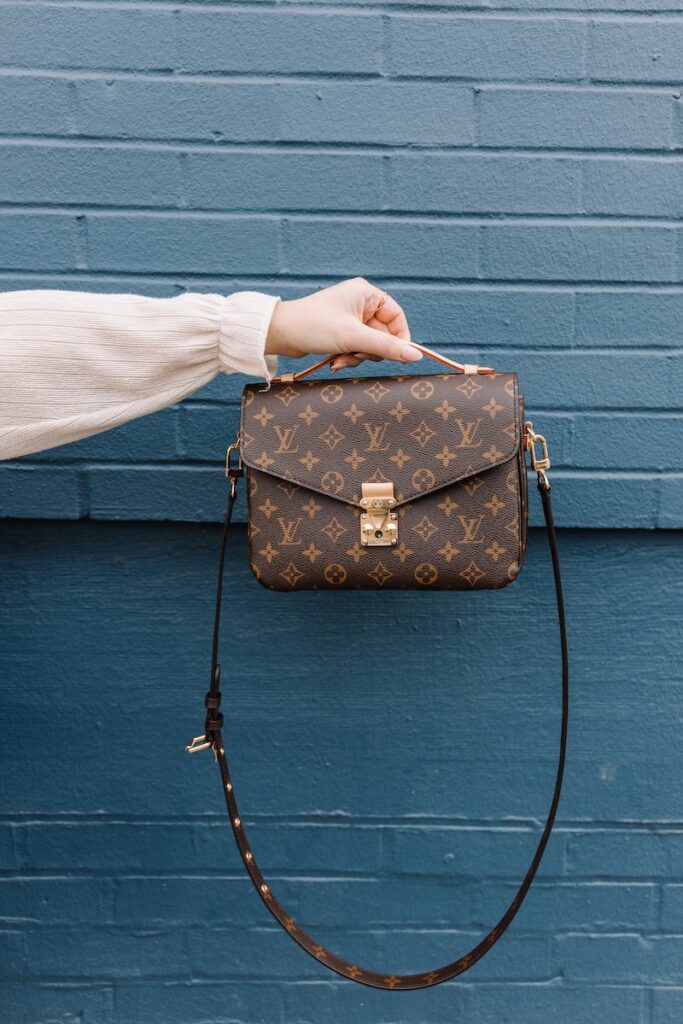Is Burberry a designer brand? When you’re considering high-end fashion, Burberry certainly comes to mind. Yes, Burberry is indeed a designer brand, known worldwide for its iconic designs and superior craftsmanship. Established by Thomas Burberry in 1856, this British luxury brand has carved out a significant place for itself in the global luxury market.
The brand’s prestige isn’t just about age, though. It’s rooted in Burberry’s consistent commitment to quality and innovative design. The famous trench coat – an enduring symbol of the brand – was introduced by Thomas Burberry himself who invented the water-resistant fabric gabardine, transforming trench coats into a wardrobe staple across Great Britain and beyond during World Wars.
To give you more context on how Burberry stands alongside other luxury brands like Louis Vuitton or Christian Dior: it doesn’t disappoint! In fact, it holds its ground firmly in the luxury fashion industry with its vast assortment of ready-to-wear clothing and accessories made from high-quality materials that justify its higher price points.
Understanding the Concept of Designer Brands
When you’re talking about luxury brands, Burberry certainly comes to mind. Known globally for its distinctive British luxury style, Burberry is indeed a designer brand, just like Louis Vuitton or Christian Dior. Founded by Thomas Burberry in 1856, this British brand has become synonymous with high-quality materials and superior craftsmanship.
So what makes Burberry a designer brand? The answer lies not only in its history but also its consistent adherence to delivering top-notch quality. From the iconic trench coats to ready-to-wear clothing and accessories, each piece from Burberry showcases meticulous attention to detail and innovation. For instance, Burberry’s gabardine, a water-resistant fabric invented by Thomas himself for trench coats, revolutionized the fashion world.
In terms of brand value and reputation, it’s crucial to note that designer brands like Burberry have strict control over their products’ production process. The use of high-end luxury materials combined with unique designs adds up to create an exclusive product line that further solidifies its presence in the luxury market.
As with other top brands such as Louis Vuitton (famed for their LV monogram), part of being a designer label is creating signature pieces easily recognizable worldwide. In this vein, one cannot overlook the famous Burberry check pattern or their renowned trench coat, both significant contributors towards establishing it as a global player in the luxury fashion industry.
While comparing Burberry with other brands like Hugo Boss might seem appropriate due to their similar position within the accessible luxury pricing tier, it’s important not to forget that every designer label brings something unique to the table. Whether it’s through cutting-edge creative direction led by prominent figures such as Chief Creative Officer Riccardo Tisci or through collaborations with celebrities including Emma Watson serving as Global Brand Ambassador – these strategic moves all work towards enhancing a brand’s prestige and standing within the competitive fashion landscape.
Decoding the Burberry Brand: History and Evolution
When you hear the name “Burberry,” what comes to mind? Is Burberry a designer brand that resonates with luxury and style? The answer is certainly yes. Known globally as a premier British luxury label, Burberry comfortably sits in the high echelons of the international fashion world.
Thomas Burberry started his eponymous brand back in 1856. It’s fascinating how this small outfit based out of Basingstoke, England, went on to become an icon in the luxury market. The journey began with focus on outdoor attire but soon pivoted towards high fashion.
One cannot discuss Burberry without mentioning its iconic trench coats. Thomas Burberry invented gabardine – a breathable, weatherproof, and tear-resistant fabric that revolutionized rainwear at that time. During World War I, Burberry was commissioned by Britain’s War Office to adapt its officer’s coat for contemporary warfare – leading to the birth of the now-famous trench coat.
Fast forward to modern times, Burberry is much more than just its trench coats; it’s become synonymous with British luxury and craftsmanship across clothing lines and accessories akin to other top brands such as Louis Vuitton or Christian Dior.
Ownership of a piece from this luxurious collection – whether it be their signature Burberry trench coat, ready-to-wear clothing line or leather goods featuring the distinctive ‘check’ pattern – denotes a certain level of sophistication and class. This recognition doesn’t come easy; it reflects decades spent perfecting designs while maintaining strict control over the quality of materials used in production.
Today’s consumers recognize Burberry as one of those accessible luxury brands pricing their products higher than mainstream labels yet remaining within reach for those seeking entry into the world of high-end fashion. This balance has allowed them continued sales growth even amidst various challenges encountered by many companies operating within the luxury industry.
When comparing Burberry against other brands like Hugo Boss or Louis Vuitton (LV), you’ll notice each has carved its own niche within this competitive landscape. LV continues to rule when it comes to monogrammed leather goods while Hugo Boss is known for its sleek business suits. Yet when it comes down to quintessential British heritage stitched into every item they produce – be it clothes or accessories – Burbury leads among these top-tier names in the global fashion industry.
The Hallmarks of Burberry: Is Burberry a Designer Brand?
Burberry has ascended the ranks to become a quintessential symbol of British luxury. Its status as a high-end designer label is indisputable, with its trademark trench coats and iconic check pattern recognized globally.
In the realm of luxury brands, Burberry often gets compared to titans like Louis Vuitton. However, what sets it apart is the unique blend of traditional British heritage with modern fashion sensibilities. With its roots firmly planted in Great Britain, Burberry’s designs are an ode to superior craftsmanship and high-quality materials.
A key identifier of this revered fashion house is the famous Burberry trench coat. Invented during World War I for military use, these trench coats have since evolved into wardrobe staples around the world. Made from sturdy gabardine fabric invented by Thomas himself, they’re celebrated for their durability and water resistance.
However, it’s not just about clothing at Burberry; accessories also take center stage in their collection. From leather goods sporting the distinctive LV monogram to scarves boasting that signature check pattern – every piece reflects the brand’s prestige and commitment to quality.
Another trait that cements Burberry’s position in the luxury market is its consistent sales growth on London Stock Exchange over the years – proof positive that it’s no fleeting trend but a lasting power player in the global luxury industry.
The brand’s reputation isn’t confined solely to realms of manufacturing stylish garb and accessories either – it’s equally committed to sustainable practices as well! Under creative director Riccardo Tisci and chief executive Marco Gobbetti’s guidance, they aim to be climate positive by 2022 – setting an example for other brands in the high-end spectrum too!
Moreover, Emma Watson being chosen as their global brand ambassador serves as a testament to their immense popularity among celebrities worldwide!
So yes indeed – when we’re talking about “designer brands,” Burberry absolutely fits into that category with ease! It’s a name synonymous with accessible luxury; whether you’re looking at ready-to-wear pieces or higher-priced items like exotic skins handbags or tailored suits made using the highest quality fabrics– there’s something for everyone who appreciates fine design and superior craftsmanship.
Comparing Burberry to Other Designer Labels
When you hear the term ‘luxury brand’, names like Louis Vuitton, Christian Dior, and of course, Burberry might spring to mind. But how does Burberry stack up against these other high-end competitors in the luxury fashion industry?
Founded by Thomas Burberry in 1856, this British luxury fashion house has a history as rich and impressive as its counterparts. Known globally for its iconic Burberry trench coat and unmistakable check pattern, it’s clear that Burberry is indeed a designer brand that holds its own.
One way to compare these powerhouses is by examining their product lines. Louis Vuitton, for instance, shines in the realm of leather goods with their famous LV monogram taking center stage on many products. On the other hand, Burberry finds strength in clothing items where their trench coats have become wardrobe staples worldwide.
However, pricing also plays a significant role when comparing brands within the luxury market. While Louis Vuitton is considered one of the top brands at the higher end of the spectrum due to their strict control over pricing and distribution channels, Burberry’s position on this scale can vary widely depending on the collection or specific item.
Having been listed on London Stock Exchange since 2002 reflects positively on Burberry’s reputation in terms of financial stability and growth potential – an important factor when considering investment into any brand. In fact, recent sales growth reports show a positive upward trend for this British icon.
In terms of branding strategies too, there are key differences worth noting. For example: while Louis Vuitton often collaborates with contemporary artists to keep designs fresh and innovative; under new creative direction from Riccardo Tisci (Chief Creative Officer), Burberry underwent a branding overhaul introducing a new logo and monogram which modernized its image while staying true to its British heritage.
Both labels boast an impressive list of celebrity endorsements – Emma Watson serves as global ambassador for Burberry, whereas Louis Vuitton has had long-standing relationships with numerous A-listers such as Angelina Jolie.
Despite these differences though,** both brands share common values rooted in superior craftsmanship**, use of high-quality materials, and commitment towards sustainability goals – aiming to be climate positive by 2025.
So yes! When it comes down to it; whether you’re looking at product offerings or business strategies – Burberry stands tall among other designer labels showcasing why it continues being relevant & respected not just within Great Britain but across the international fashion world too!
Final Thoughts – Is Burberry Truly a Designer Brand?
Burberry is indeed a prominent designer brand that has secured a significant place for itself in the global luxury market. Its history, commitment to quality, and innovative designs set it apart as an emblem of British luxury and style. Like other luxury brands such as Louis Vuitton and Christian Dior, Burberry showcases meticulous detail and superiority in its product lines, from its iconic trench coat and ready-to-wear clothing to accessories.
Apart from being an enterprise synonymous with prestige and elegance, it also takes strides toward sustainability. Each brand within the luxury market, whether Burberry, Hugo Boss, or Louis Vuitton, carries a distinctive approach and persona despite sharing common values of superior craftsmanship and high-quality materials. Therefore, owning a piece from Burberry not only symbolizes class and sophistication but an appreciation of design heritage, innovation, and sustainability.
Other suggested articles:





